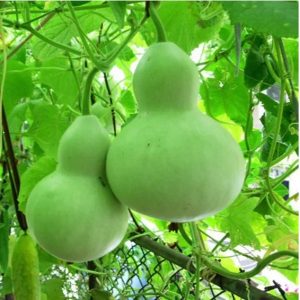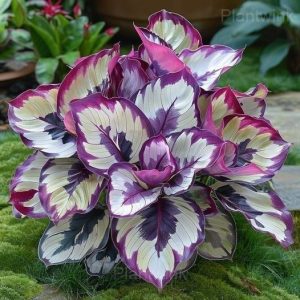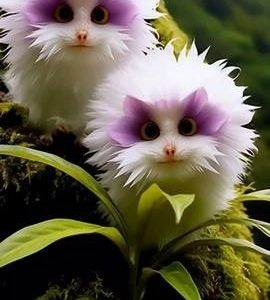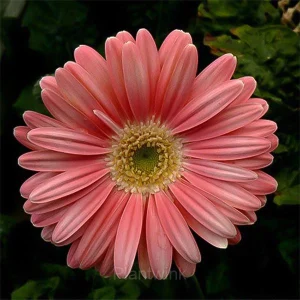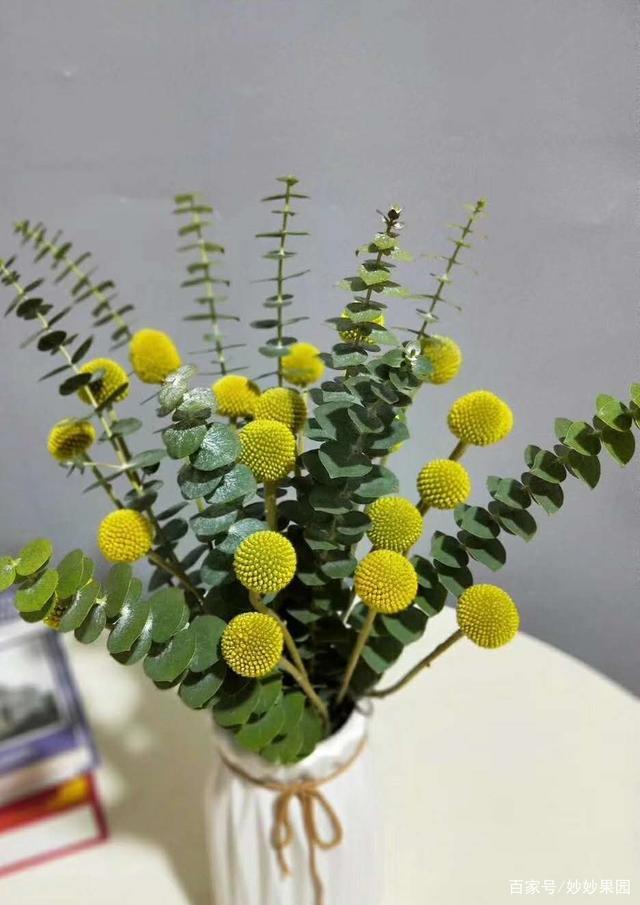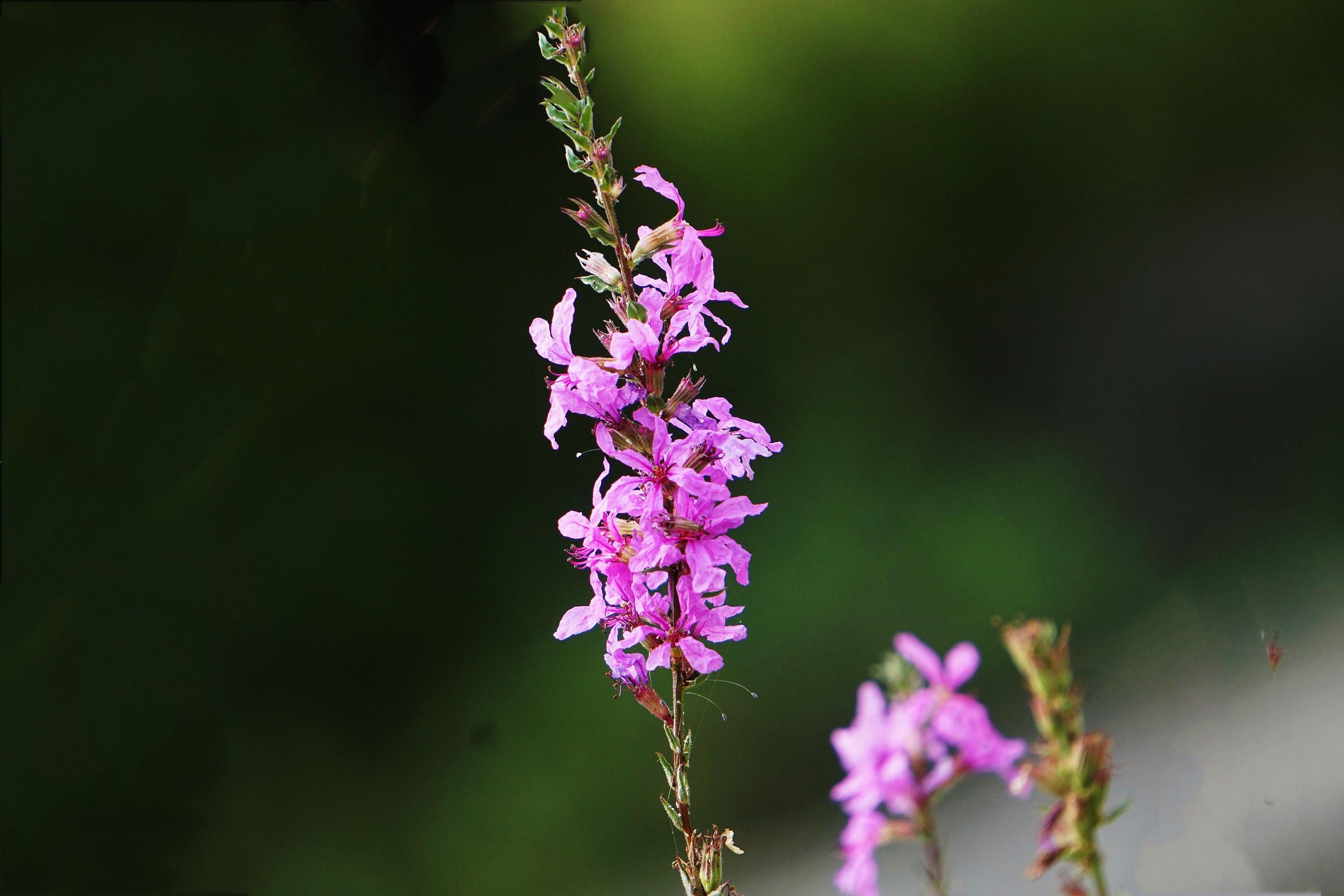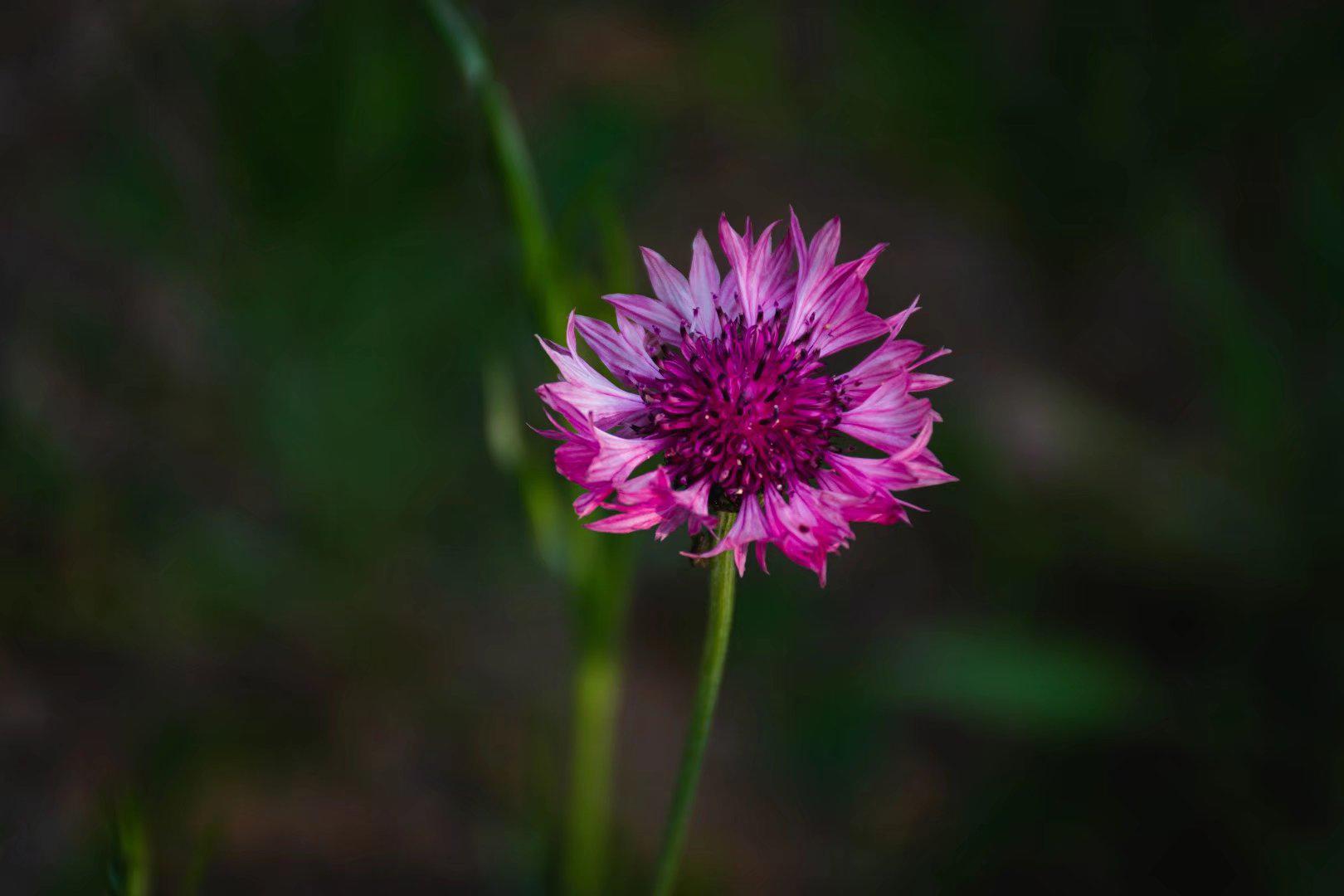Cornus is a genus of plants that includes the popular Cornus florida, or flowering dogwood. Interestingly, legend has it that these trees sprung from the blood of a warrior. According to the story, a fierce battle took place, and the warrior’s blood soaked the ground. In his honor, the blood turned into beautiful flowering trees, known as Cornus. This tale reminds us of the resilience and beauty that can emerge from even the most challenging circumstances.
Picture
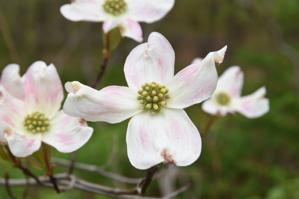
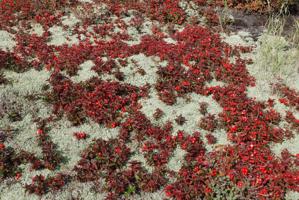
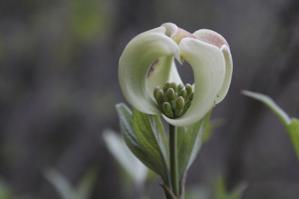
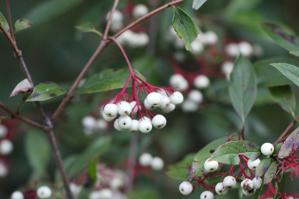
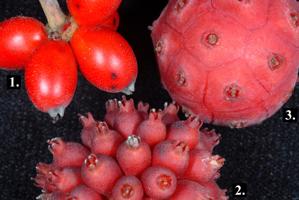
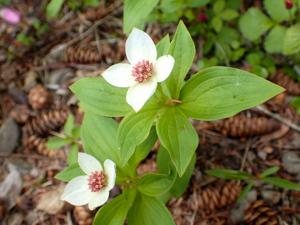
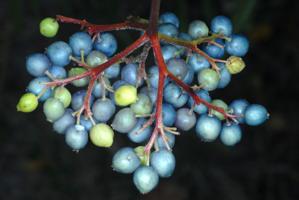
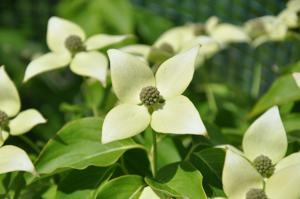
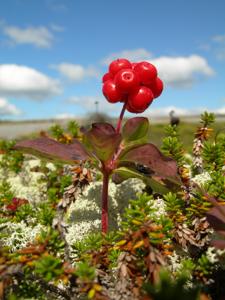
Plant some seeds now!
Short Description
In species such as this Cornus × unalaschkensis, the tiny four-petaled flowers are clustered in a tightly packed, flattened cyme at the center of four showy white petal-like bracts.
Cornus mas
Cornus florida in spring
Cornus drummondii in flower
Mature and immature flowers of Cornus canadensis, Bonnechere Provincial Park, Ontario
Cornus canadensis fruit
Spring budding
Cornus is a genus of about 30–60 species[Note 1] of woody plants in the family Cornaceae, commonly known as dogwoods, which can generally be distinguished by their blossoms, berries, and distinctive bark. Most are deciduous trees or shrubs, but a few species are nearly herbaceous perennial subshrubs, and some species are evergreen. Several species have small heads of inconspicuous flowers surrounded by an involucre of large, typically white petal-like bracts, while others have more open clusters of petal-bearing flowers. The various species of dogwood are native throughout much of temperate and boreal Eurasia and North America, with China, Japan, and the southeastern United States being particularly rich in native species.
Species include the common dogwood Cornus sanguinea of Eurasia, the widely cultivated flowering dogwood (Cornus florida) of eastern North America, the Pacific dogwood Cornus nuttallii of western North America, the Kousa dogwood Cornus kousa of eastern Asia, and two low-growing boreal species, the Canadian and Eurasian dwarf cornels (or bunchberries), Cornus canadensis and Cornus suecica respectively.
Depending on botanical interpretation, the dogwoods are variously divided into one to nine genera or subgenera; a broadly inclusive genus Cornus is accepted here.
Description
Dogwoods have simple, untoothed leaves with the veins curving distinctively as they approach the leaf margins. Most dogwood species have opposite leaves, while a few, such as Cornus alternifolia and C. controversa, have their leaves alternate. Dogwood flowers have four parts. In many species, the flowers are borne separately in open (but often dense) clusters, while in various other species (such as the flowering dogwood), the flowers themselves are tightly clustered, lacking showy petals, but surrounded by four to six large, typically white petal-like bracts.[citation needed]
The fruits of all dogwood species are drupes with one or two seeds, often brightly colorful. The drupes of species in the subgenus Cornus are edible. Many are without much flavor. Cornus kousa and Cornus mas are sold commercially as edible fruit trees. The fruits of Cornus kousa have a sweet, tropical pudding like flavor in addition to hard pits. The fruits of Cornus mas are both tart and sweet when completely ripe. They have been eaten in Eastern Europe for centuries, both as food and medicine to fight colds and flus. They are very high in vitamin C. By contrast, the fruits of species in subgenus Swida are mildly toxic to people, though readily eaten by birds.[citation needed]
